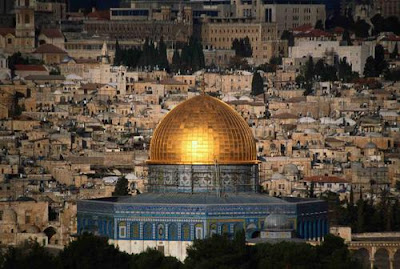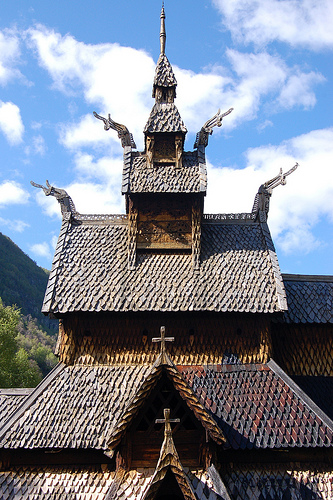Watching my classes take their exams gives me a sense of panic. I know how they feel! Sick with worry. Brain bursting with information, mind racing to keep it organized and coherent. Heart hoping that there would be no meltdown.
Or maybe that isn't quite how my students were feeling...
Still, the air is palpable with anxiety.
After finishing my first year of graduate school, that summer was spent studying Art History from beginning to end in preparation for the Comprehensive Examinations that would take place in early September. Not only did this entail careful reading of the 1,000 page primary textbook, meeting twice a week as a group to present our individual lessons (I spent two weeks writing mine on Latin American art which was not represented in the textbook), but also doing intensive specialized reading in order to answer two field questions and one methods essay. I had never even taken a survey class before, eek! The great news is that I learned a ton of stuff and it felt amazing, but at the time it felt like preparing for the Apocalypse.
Check out some of the twenty or so images we were shown on the exam (these are just the ones that I remember/answered). They look so friendly now.
Ancient: Dura Europos Synagogue (detail of interior fresco, Torah niche), Damascus, Syria, 3rd c., Jewish.
Byzantine: The Annunciation, Echmiadzin Gospels, 6th c., Armenian.
Traditional African: Ife (Yoruba) Female Portrait Head 12th c., Nigerian.
Ancient Latin America: Jade Mask, 10th-6th c. BCE, Olmec (Mexican).
Medieval: Stavelot Triptych, True Cross Reliquary, 12th c., Mosan (modern Belgium).
Islamic: Dome of the Rock, Jerusalem, 691.
Italian Renaissance: Ecstasy of St. Francis, Bellini, 15th c., Venetian.
Modern European: The Meeting, Fragonard, 1773, French.
Modern Latin American: Black Kites, Gabriel Orozco, 1997, Mexican.

Modern African: El Anatsui, 20th c.
Modern Latin American: El Abrazo Amoroso, Frida Kahlo, 1945, Mexican.
*conceptually features Coatlicue, the Aztec goddess of creation and destruction
Modern European: Rest on the Flight Into Egypt, Luc Olivier Merson, 1879, French.
*Orientalist Genre

Modern African: El Anatsui, 20th c.
Modern Latin American: El Abrazo Amoroso, Frida Kahlo, 1945, Mexican.
*conceptually features Coatlicue, the Aztec goddess of creation and destruction
Modern European: Rest on the Flight Into Egypt, Luc Olivier Merson, 1879, French.
*Orientalist Genre






































